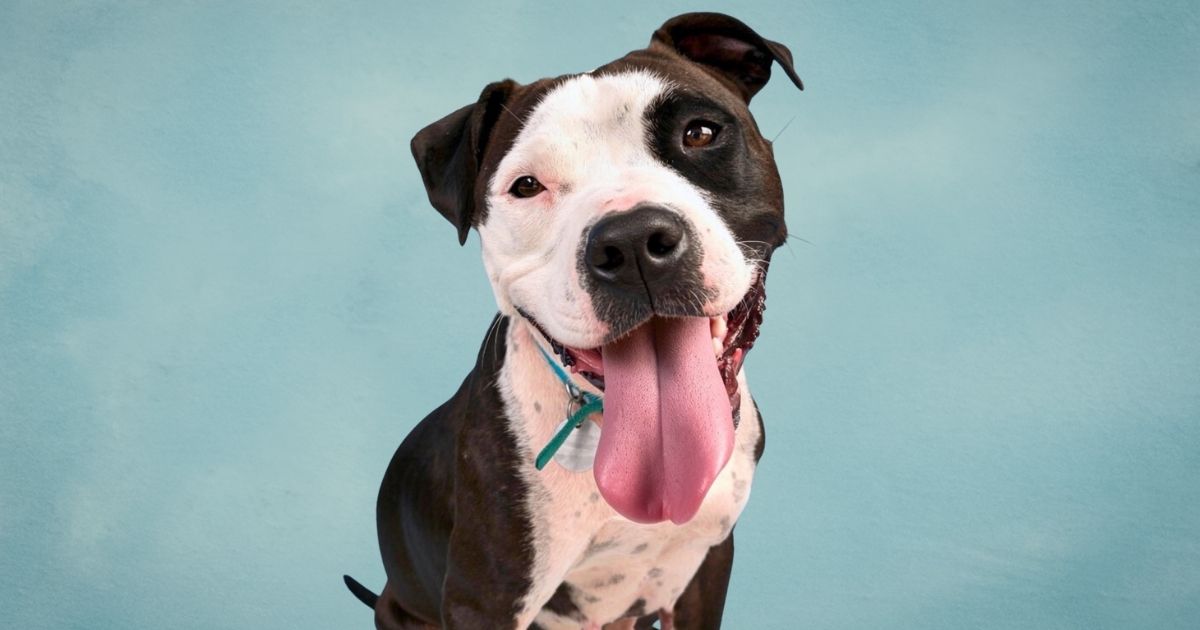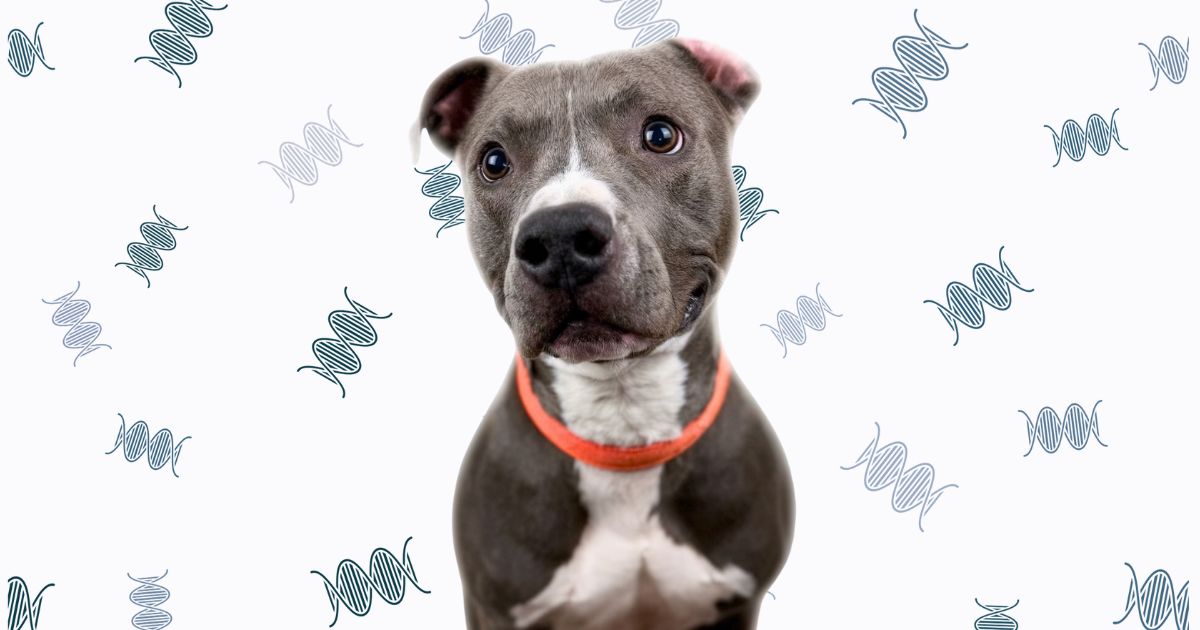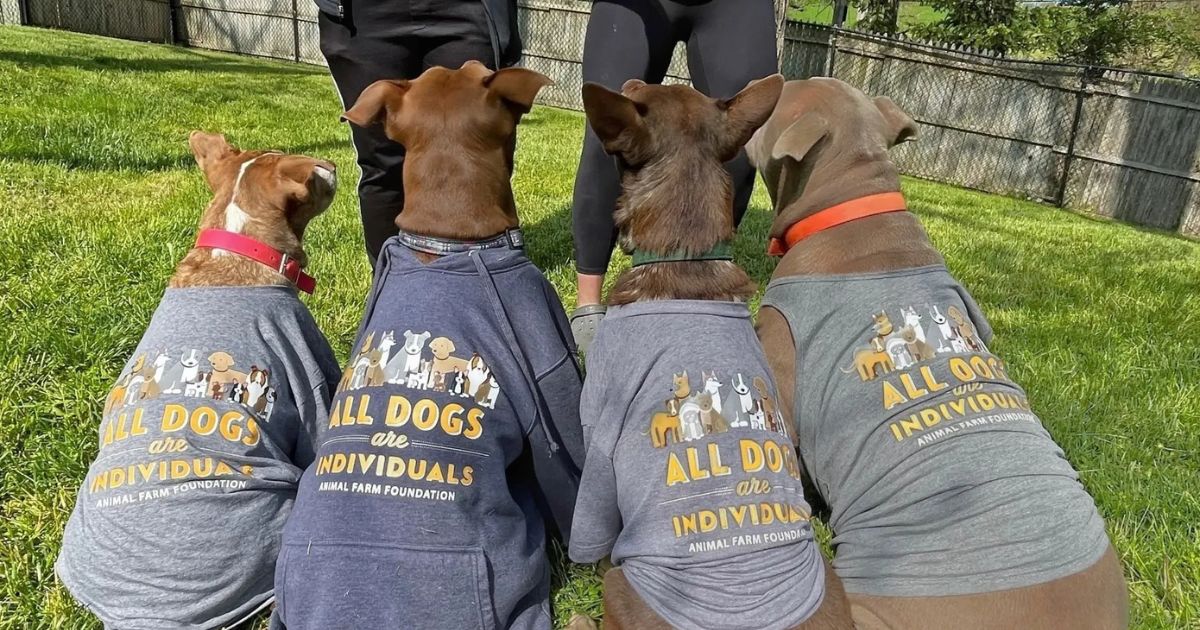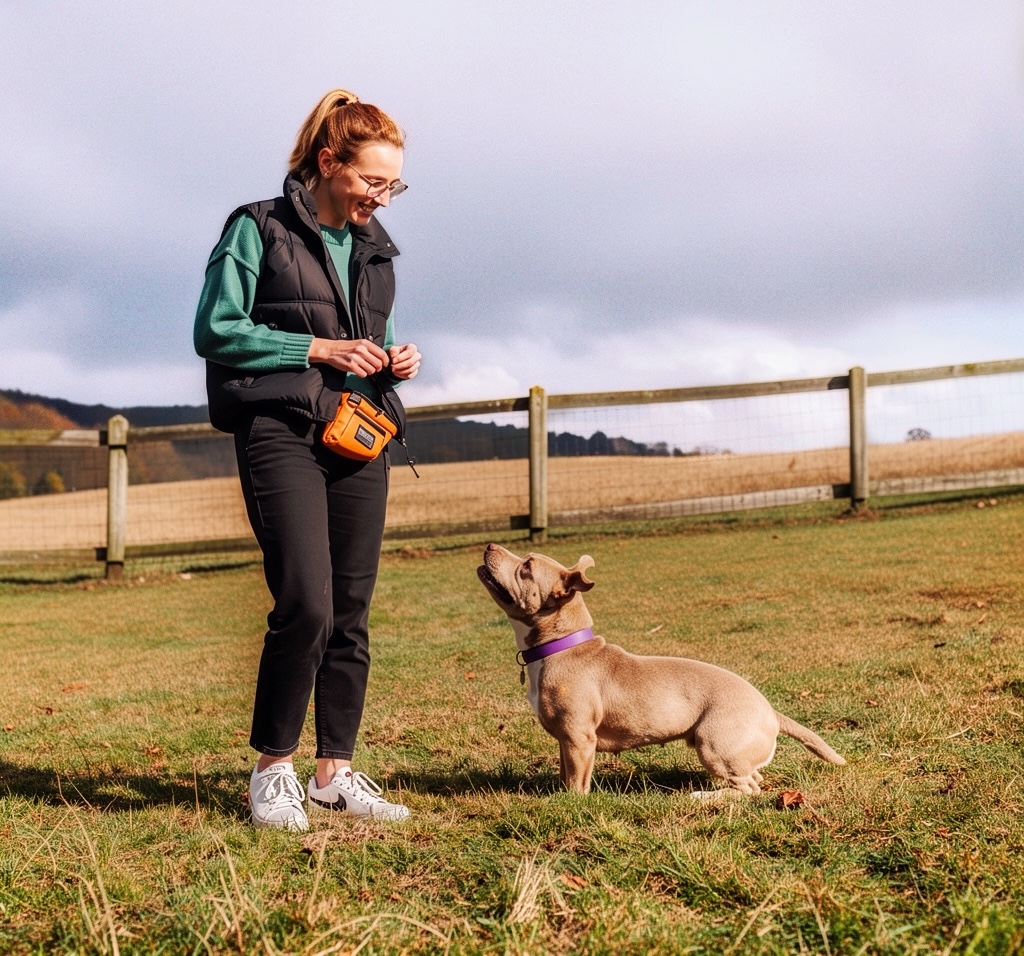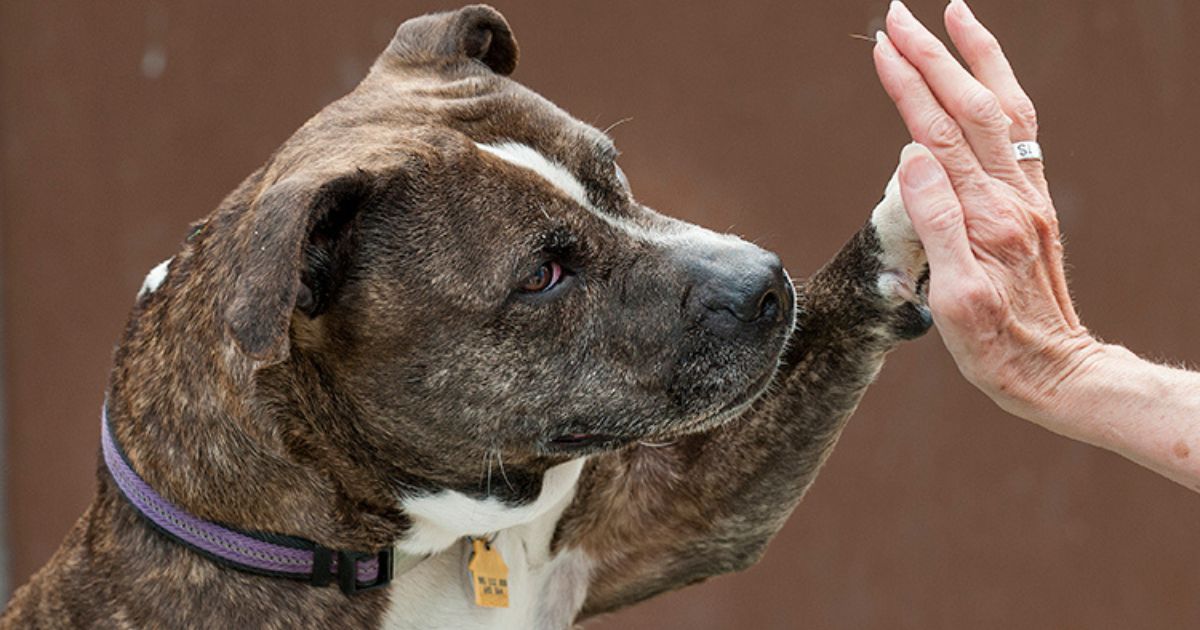All dogs are individuals means: We owe it to all dogs to see them for who they really are, free of prejudice, stereotypes, and assumptions that are based on a known pedigree, a breed label guess, physical appearance, or their past history.
Just a small handful of genes will determine how a dog looks on the outside. It’s not even 1% of their genome. And yet, we frequently make enormous, life changing assumptions about dogs based on that 0.25%!
This set of genes, the ones that determine a dog’s breed associated physical traits, are different that the genetic program that builds the brain. The genetic program responsible for creating the brain is much different and tremendously more complex than the genetic programs that underlie physical traits in dogs.
The overwhelming majority of dogs in shelters are mixed breed dogs. Peer reviewed research shows us that visual identification of mixed breed dogs is highly inaccurate. Remember, we can only see 0.25% of their DNA!
But even if we do know their breed mix, it doesn’t tell us much about how they’ll behave. That’s because mixed breed dogs and pure breed dogs are apples and oranges. You can’t accurately compare one to another.
Not even when the mixed breed dog has pure breed parents!
The offspring is a unique combination of their parent’s DNA. They are NOT a member of either breed now that they’re less than 100% of those single breeds. That’s why it’s not accurate to make assumptions about behavior by comparing the offspring to the breeds of their parents.
But even when they are 100% pure breed dogs, it’s not a guarantee of future behavior.
For example, did you know that despite looking alike on the outside, even pure breed dogs from the same litter do not share identical DNA? Even in the case of cloned pets – animals that are genetically identical – their personalities and behavior still vary. That’s because the behavior of all dogs (pure breed and mixed breed) is influenced by many outside factors such as training, environment, management, and socialization, in addition to their genetics and breeding. There is no guarantee that a dog will act in a specific way simply based on how it looks or because of its breed.
Think of it like this: do human siblings have the exact same personalities? Even though they come from the same family, siblings still have different DNA and varying experiences which contribute to their individual health and personalities. Even identical twins – similar to cloned animals since they have identical DNA – will have personality differences due to outside influences and experiences. We’re all individuals.
It’s the same with dogs! From their unique DNA to varying external influences, all dogs are individuals (even when they do conform to breed related traits). We can’t predict their future behavior based solely on looks or breed.
Dog behavior is a complex mix of nature and nurture. Knowing a dog’s DNA is only one piece of the puzzle. A dog’s DNA is not an accurate predictor of how they will behave in the future.
The only way we can accurately determine what a dog’s needs are is to look at the individual dog in front us for the answers.
In other words, we can’t judge a book by its cover (even if that cover looks like other ones we’ve seen before)!
Treating all dogs as individuals means that we let go of biased thinking, recognizing each dog for who they really are, not who we assume they are based on looks, labels, or past experiences. In doing so, we set all dogs free of the baggage and consequences caused by our assumptions, prejudices, and discrimination.
Why does this matter?
For families: Recognizing them as an individual means that you will get to know the dog in front you, rather than assuming that because they look like another dog or are labeled a certain way, they will act the same or need the same things. By looking at the dog in front of you and seeing them as an individual first, you will be able to set them up for a successful family life by tailoring a training, management, and care routine to their specific needs.
For shelters and rescues: This means ending blanket policies and choosing to evaluate dogs as individuals instead. Some dogs will need more structured adoptions, while others will need no restrictions at all. The key is to make these determinations for each individual dog, rather than relying on assumptions based on how dogs look. This opens up the pool of potential adopters and more lives are saved.
For politicians and law makers: This means putting an end to laws passed on the flawed idea that you can determine how a dog will act based on how they look or their breed label. Rather than instituting bans on “dangerous dog breeds”, focus on creating and enforcing responsible pet ownership laws that hold ALL owners equally accountable for their individual dogs, thereby creating truly safe communities. Dogs will be labeled “dangerous” based on their actions or behavior, not based on breed label or physical appearance. Dogs will no longer be persecuted based on stereotypes.
Want to share the infographic?
You can find the full graphic here. If you’d like to add the infographic to your website or blog, just cut and paste the embed code (at the bottom of this page). A preview image of the infographic will appear on your site!
And stay tuned: We’ll be releasing printed materials (like posters and booklets) with these images in the near future, so you’ll be able to use them in many different formats!
*****
CITATIONS:
The Dog and It’s Genome by Elaine Ostrander
Genetics and the Social Behavior of the Dog by Scott and Fuller
Janis Bradley, The Relevance of Breed in Selecting a Companion Dog
ABSTRACTS:
Cranial facial development and here

This work is licensed under a Creative Commons Attribution-NonCommercial-NoDerivs 3.0 Unported License. If you would like to make changes or translations of this work, please contact Animal Farm Foundation for permission.










